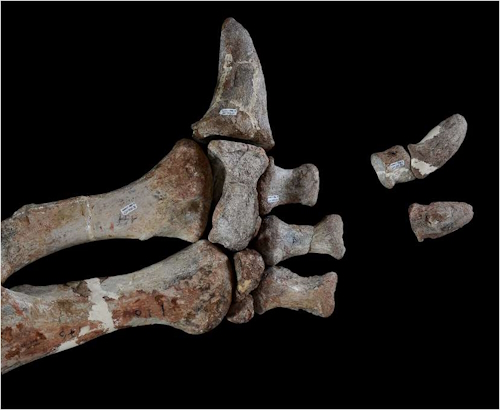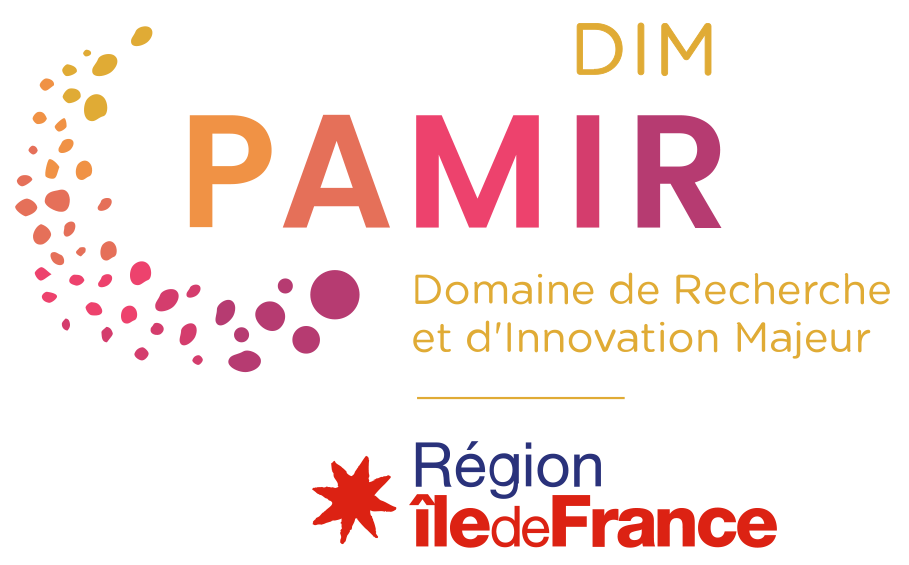
DINOSIM
Biomechanics for paleobiology: application to the locomotion of the ornithopod dinosaurs Lurdusaurus and Ouranosaurus
Scientific responsibility :
- Alexandra Houssaye
- Samuel Hybois
- Nour-Eddine Jalil
- Lucile Doiteau
- Paul C. Sereno
Methodological axes :
Thematic fields :
Disciplinary sectors :
Partnership :
- CIAMS
- Musée Up’
- Department of Organismal Biology and Anatomy, Univ. Chicago
Funding :
- DIM PAMIR
Project ID : IDF-DIM-PAMIR-2024-4-020
Summary :
Historically, the question of ornithopod dinosaur locomotion is controversial. It is known that the first ornithopods were bipedal and that secondary quadrupedalism in the most derived taxa (hadrosaurs) is considered very likely, potentially contributing to their evolutionary success in the Late Cretaceous. However, the locomotion of certain “intermediate” taxa, such as Lurdusaurus and Ouranosaurus, remain debated. The DINOSIM project aims to combine paleontology and modern biomechanics to better understand the evolution of locomotion in ornithopods. The choice of a functional approach implies a precise knowledge of anatomy. As such, we will proceed with the description of the skeletal elements of Lurdusaurus at our disposal, and rely on the literature for Ouranosaurus, whose skeleton was recently redescribed. From these elements, we will be able to determine the position of their center of mass and compare our results with previous studies in dinosaurs in order to test the hypothesis of quadrupedalism in these two taxa. Musculoskeletal models of Lurdusaurus and Ouranosaurus will be generated from 3D data obtained previously and from the interpretation of anatomical data and a literature review. In particular, we will rely on published muscle reconstructions in ornithopods inferred from the study of extant taxa constituting the phylogenetic bracketing (crocodiles and birds). Predictive simulations in a static framework will permit the testing of different postural hypotheses in Lurdusaurus and Ouranosaurus. The DINOSIM project, at the interface between paleontology and biomechanics, brings to light heritage fossil specimens of great scientific and outreach value. In addition to contributing to the resolution of a long-time scientific debate, the new research data collected could be valorized on a national and international scale (Musée Up’ conferences, Pariscience festival, NigerHeritage project).
Post-doctoral student : Jordan Gônet

